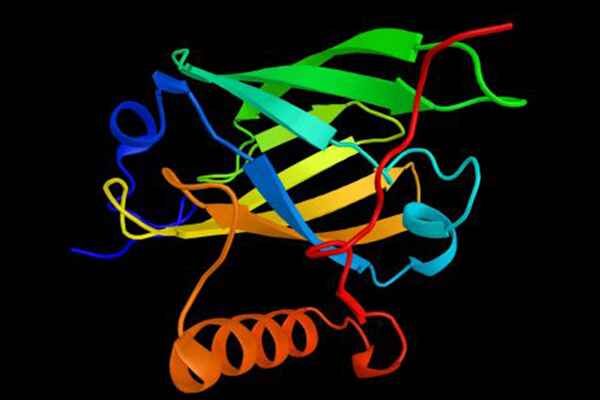Affinity Tag Placement for Construct Design
Proteos is an industry leader in the production of high-quality recombinant proteins for drug discovery research. We recognize that a “one size fits all” approach to recombinant protein production does not adequately meet the needs of many clients. Our scientific team will leverage their many years of industry experience, proven protocols, and published literature to design a customized workflow focused on your project goals.
Workflows for tackling challenging protein projects often utilize an affinity tag approach. In previous posts, we have discussed the purpose of utilizing affinity tags in recombinant protein production and the importance of selecting the proper tag for your specific protein target. Placement of the affinity tag is also an important decision that can influence protein expression, purification, and functionality.
Affinity tags are typically placed at the N- or C- terminus of a protein sequence. Multiple tags can be fused to the same protein, either consecutively or at opposite termini. If an affinity tag is no longer desired after purification, then a protease cleavage sequence should be positioned between the tag and the protein sequence.
Keep in mind, it is possible for an affinity tag to interfere with a protein’s native structure, stability, catalytic activity, or binding interactions. Therefore, it is wise to design multiple constructs and determine experimentally which version best mirrors the protein’s endogenous state.
Our team will work with you to select the proper affinity tag placement and design a customized workflow to ensure that you project has the greatest likelihood of success. Contact us today to start the conversation.


